Babies in helmets to correct head shape are now a common sight, leading many parents to wonder if their baby needs one. The little bald spot on the back of an infant's head is so common it's almost a right of passage. Yet, when that bald spot turns into a flat spot, should you worry? I spoke to June Gehman-Deane, a pediatric physical therapist, and Dr. Gabriella Dauer, MD, FAAP of Dauer Pediatrics to learn what parents should know about this important topic.
Read on to learn the signs your baby may need a baby helmet and what you can do to prevent this condition.
What Is Flat Head Syndrome?
Dr. Dauer explains that, in medical terms, flat head syndrome is positional plagiocephaly. Your baby can get a flat head on the back of their head, known as brachycephaly, or to one side, known as plagiocephaly.
According to the American Academy of Pediatrics, about 20-50% of 6-month-olds have flat head syndrome. Most cases are mild and get better as the baby grows. This condition usually appears between 4 and 12 weeks after birth.
For most babies, flat head syndrome doesn't cause long-term issues. The concerns are mainly cosmetic. However, for other babies, a flat head can be a sign of other muscular or developmental concerns. Knowing when to seek professional help can ensure your baby gets the support they need.
Causes of Positional Plagiocephaly
Your baby's skull is soft and malleable, which is important for childbirth. This means that it can change shape fairly easily, creating positional plagiocephaly.
"For a long time, your baby's head is the heaviest part of their body - it takes a lot of work to hold it up!" Gehman-Deane explained. This means it's natural for your baby to rest their head when sitting or lying on their back. Here are some factors that contribute to creating flat spots:
- Premature Birth: Plagiocephaly is more common in babies born prematurely because muscles aren’t strong enough to combat gravity.
- Developmental Delays and Genetic Conditions: Babies with Down Syndrome and developmental delays are more likely to have a flat spot. Muscular problems can also have an influence.
- Baby Sleeping on Back: The "Back to Sleep" campaign helped prevent sudden infant death syndrome (SIDS) by 40%. However, it also meant an increase of positional plagiocephaly by 600%. Hair thinning in the center of the back of your baby's head is "a sign you're doing your job putting your baby on their back to sleep," says Gehman-Deane. In some cases, your baby can develop a flat spot in addition to a bald spot due to the pressure from the mattress.
- Use of Car Seats and Bouncers: As a mom, I understand the urge to use a baby bouncer or car seat for your newborn. They are practical and in most cases, quite safe. However, spending too much time leaning back or off to one side in these seats can result in a flat spot.
These factors can increase your baby's chances of positional plagiocephaly.

Signs Your Baby May Need a Baby Helmet for Flat Head Syndrome
"Most babies don’t develop flat head syndrome because they want to move," Gehman-Deane asserts. That said, the condition is common, and getting help early can improve your baby's outcomes. What are the signs your baby has plagiocephaly? Let your pediatrician know if you notice these signs:
Flat Spot
The tell-tale sign of plagiocephaly is a flat spot on your baby's head, often alongside a bald spot. The flat spot might be in the middle of the back of your baby's head or to the side. If the flat spot is to one side, one of your baby's cheeks may stick out further than the other.
Dr. Dauer recommends looking at your baby's head top down. Check to see if your baby's ears align or if one cheek looks pushed forward compared to the other. If the ears don't align, your baby may have moderate to severe plagiocephaly.
Baby Prefers Looking One Direction
Some babies show a preference for only looking in one direction or favoring one side. They might not like it if you reposition them. Or, they might not turn their head in both directions. Constantly lying on one side can create a flat spot.
"When I evaluate babies, I look for where the flat spot is. Then, I check to see if they turn their head off the flat spot," Gehman-Deane explains. One way to test this is to try to get your baby's attention with a toy on the opposite side.
Gehman-Deane says parents should try to notice if they only move their eyes, or if they move their head. If your baby only moves their eyes to see the toy, your baby may be struggling with muscles in their neck. Preferring to look in one direction can be a result of torticollis, which infants may have from birth.
Other Concerns
Gehman-Deane says that you may notice other issues alongside a flat spot. For example, your baby may have tummy troubles or seem fussy.
In other cases, your baby may seem almost too calm or passive. For example, your baby might be happy sitting in a bouncer or swing for long periods.
"Be aware of your baby and trust your gut," Gehman-Deane advises.
Treatments for Flat Head Syndrome: Do Helmets for Infants Work?
What will happen if your baby needs treatment for positional plagiocephaly? Several treatment options are available. A baby helmet is just one option that is typically used in moderate to severe cases or when other treatments don't work.
Repositioning Techniques and Physical Therapy
Dr. Dauer says that the first step is to evaluate babies for torticollis and try repositioning techniques. Even at bedtime, Dr. Dauer says parents can put their baby down to sleep with their head positioned on their less preferred side.
Need more sleep tips? See Dr. Dauer’s tips.
Gehman-Deane recommends parents try several strategies. For example, they can provide more tummy time, which removes pressure from the back of your baby's head. Plus, you can reposition your baby, putting them on the side they don't favor.
A physical therapist can work with your child to stretch and strengthen muscles. This can help your baby gain mobility and stop them from favoring one side of their head. Often, head shape improves over time as your baby grows and spends more time sitting and moving around.

Baby Helmets
A baby helmet helps shape your baby's skull as it continues to grow. Specially made to fit your baby, the helmet doesn’t apply pressure but holds open space for the head to grow into.
Your pediatrician will likely refer you to a physical therapist, orthotist, or neurosurgery office to measure and place your baby’s helmet.
"They do work! The earlier you start the better. Around 4 to 6 months is the ideal time to get started. By the time your baby is 12 months old, the bones in the skull come together," Gehman-Deane says. She also notes that younger babies may tolerate a helmet better than older babies.
Babies need to wear a baby helmet for about 23 hours a day. Usually, babies need this treatment for anywhere from a few months to six months, Dr. Dauer notes. "It depends on how severe the molding is," she explained.
How to Prevent a Baby from Needing a Helmet?
Although it's not always possible to prevent flat head syndrome, there are some things parents can do. Gehman-Deane and Dr. Dauer recommend several strategies:
1. Supervised Tummy Time
"The best place for your baby when they're awake is the floor," Gehman-Deane says. She understands that some babies might resist tummy time. But, there are many strategies parents can use to make babies comfortable during tummy time. She offered some suggestions for parents to try:
- Start with your baby on their back and roll them onto their side.
- Tie it into your routines. For example, roll them over for tummy time after a diaper change.
- Try side lying, where you position your baby on their side with their hands in front of them.
- Use toys and get down on the play mat with them.
For more tips, see our blog on tummy time activities including tips from Gehman-Deane.
2. Upright Time
Whether you hold your baby or try baby-wearing, keeping your baby upright can help. "Any other position other than them laying on the back of their head is very helpful to maintain a round shape," Dr. Dauer says.
Also, try to limit time the baby spends in car seats and bouncers. In these seats, your baby rests their head, adding pressure to the skull.
3. Monitor Baby and Adjust
Notice your baby's preferences and track them. For example, you might notice your baby often slumps to only one side in the car seat. If this happens often, you can check the back of their head for a flat spot and try positioning your baby in the car seat differently.
Baby Helmets Can Be a Helpful Tool
A baby helmet can be a helpful tool to shape your baby's head if they have positional plagiocephaly. If you think your baby may have a flat spot on their head, don't hesitate to reach out to your pediatrician.
Sources:
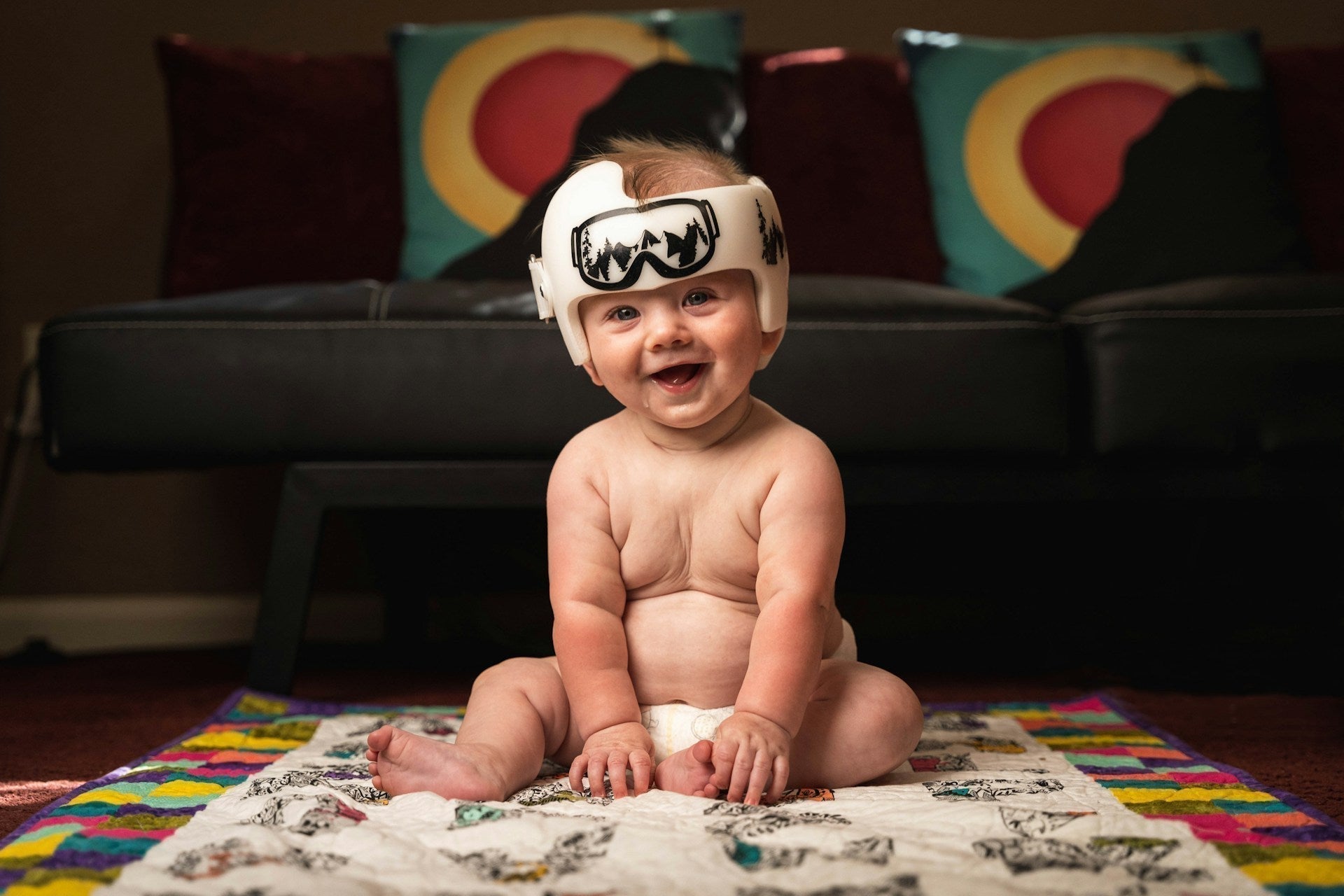

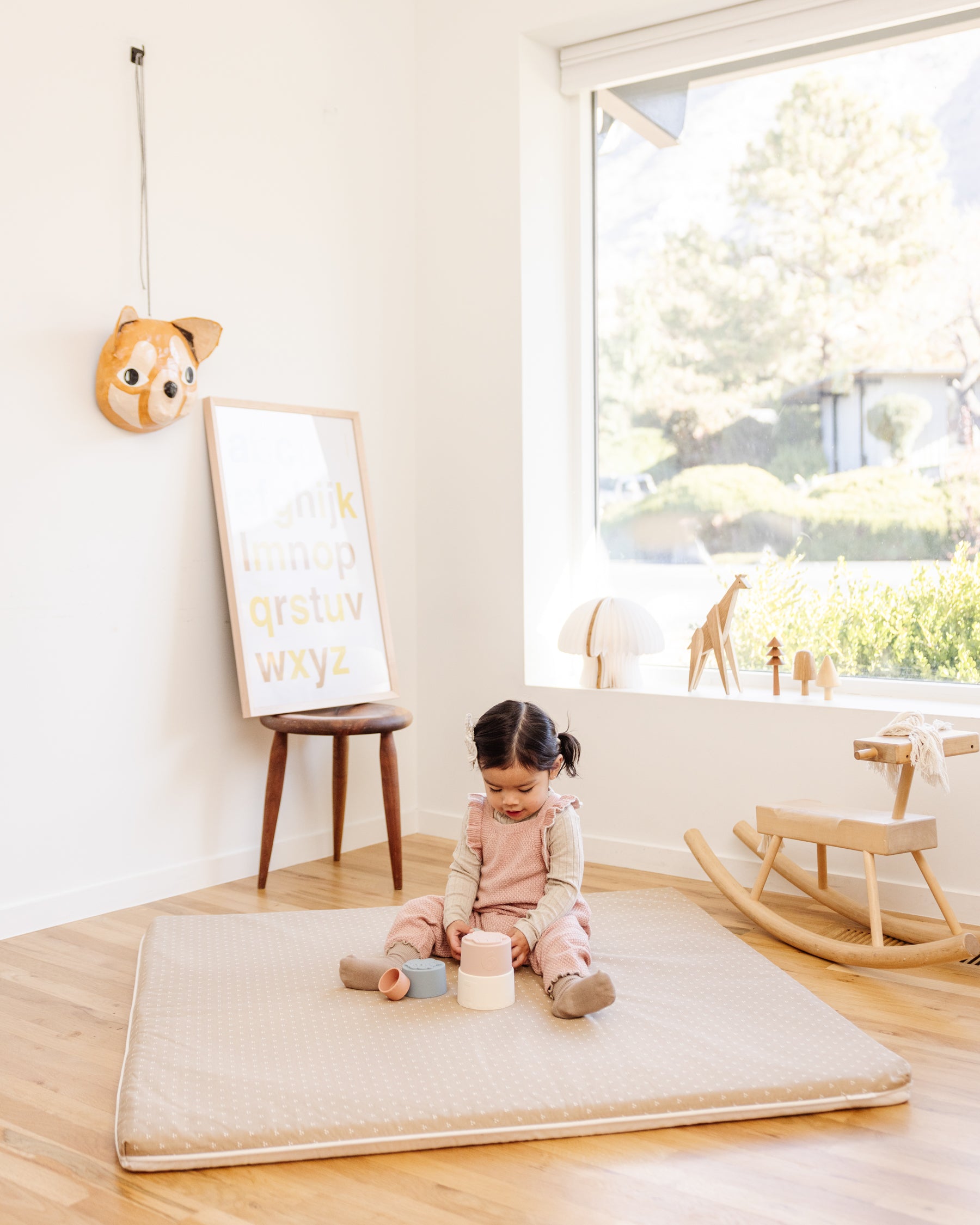
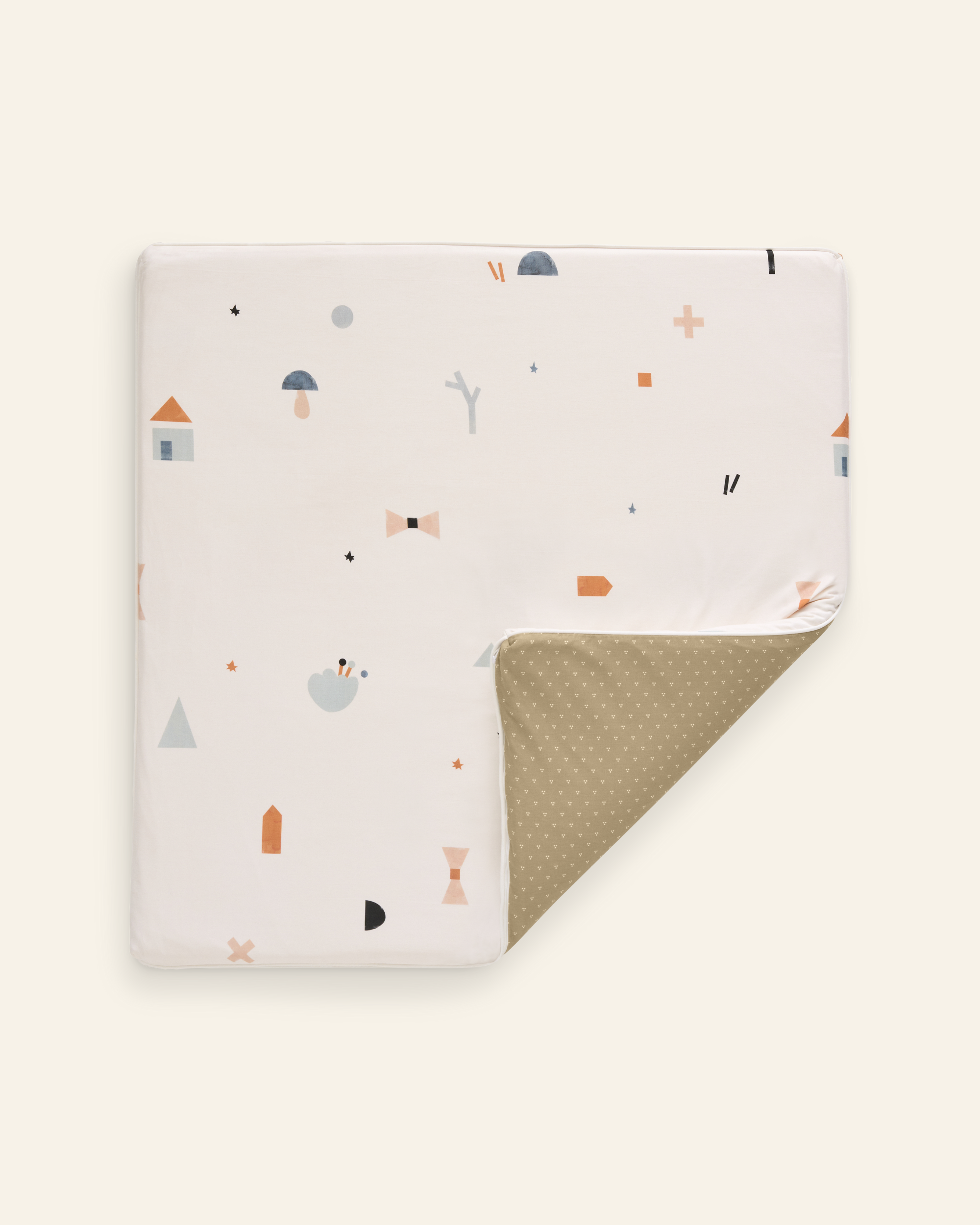
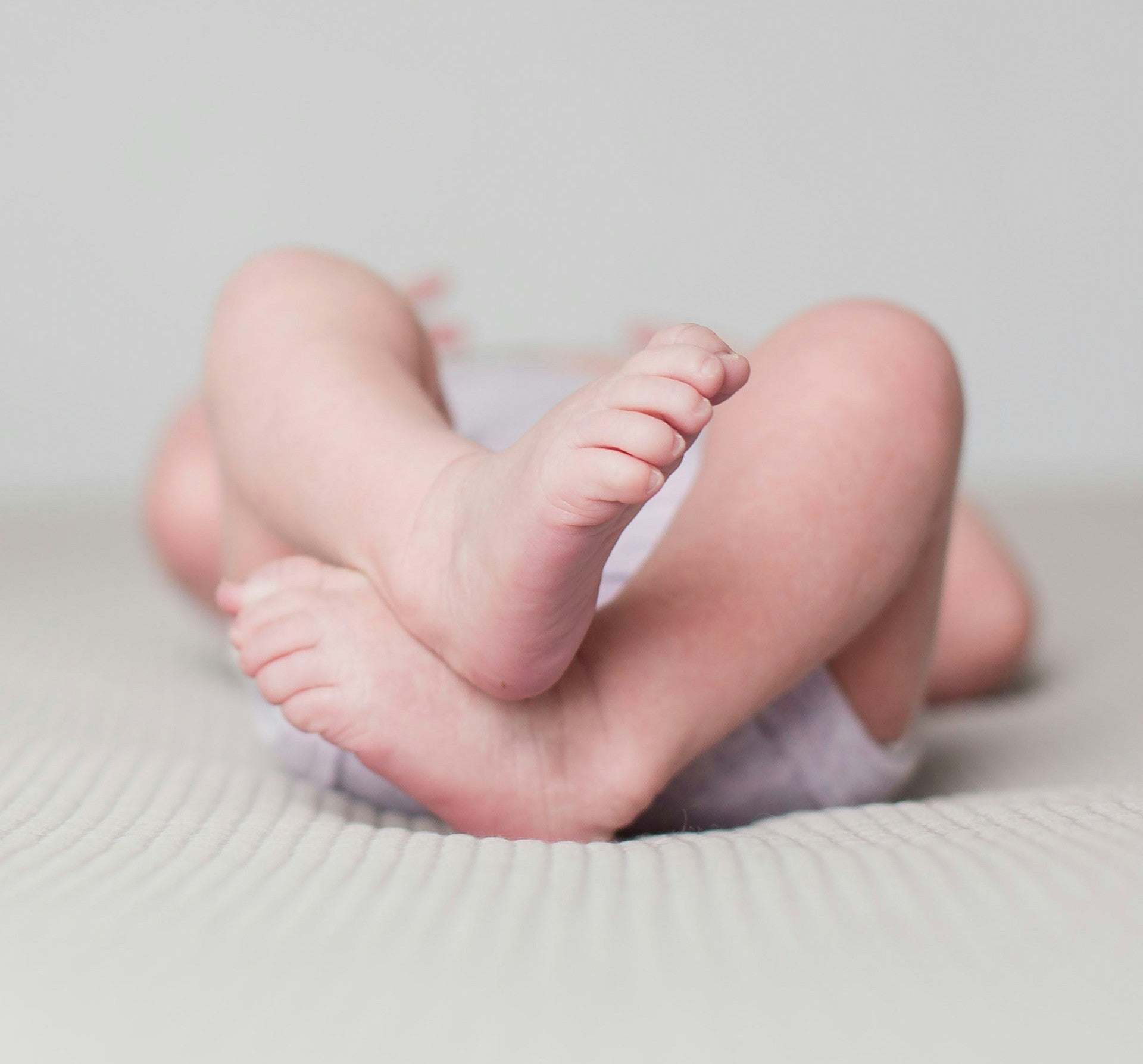
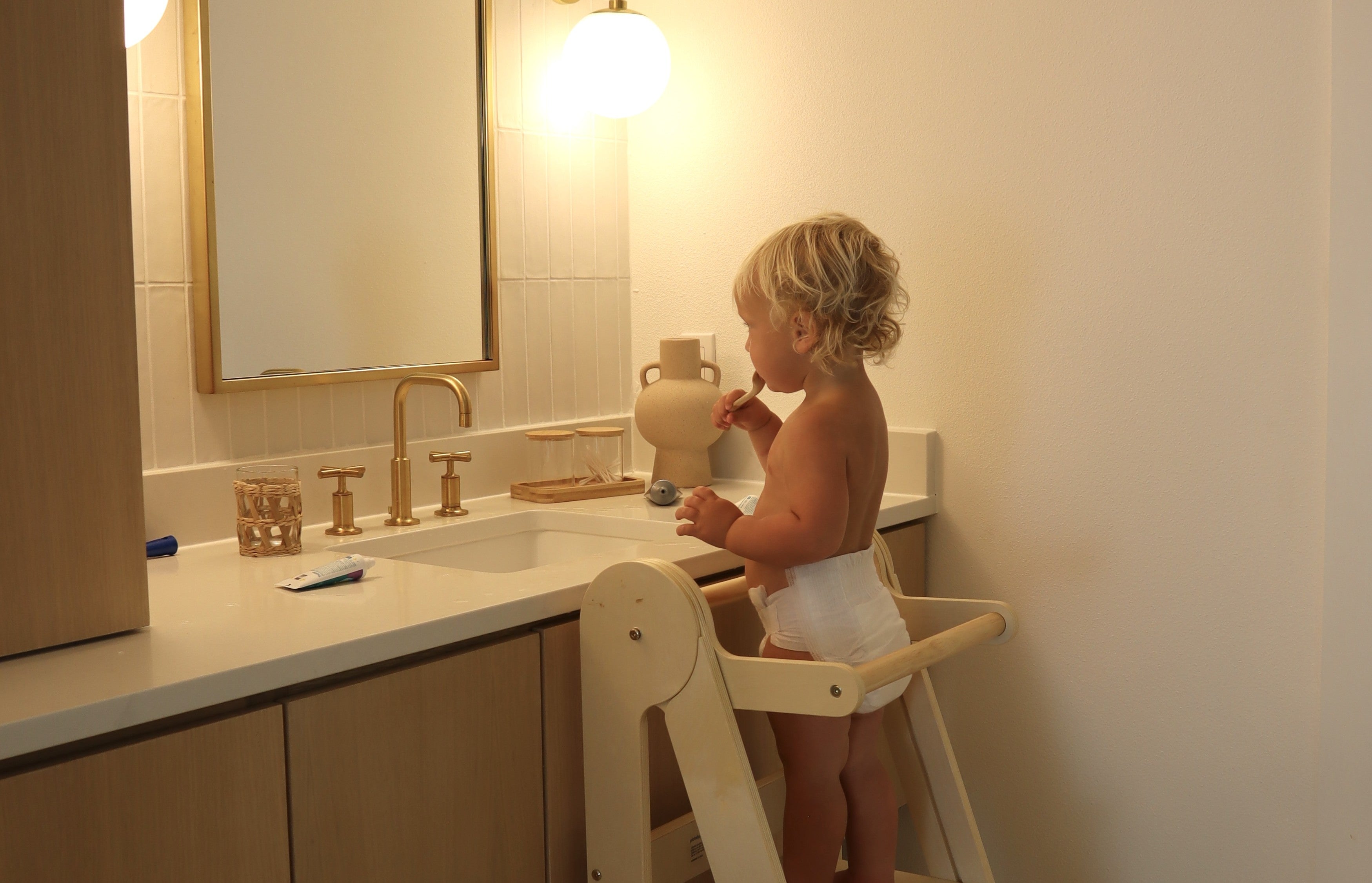
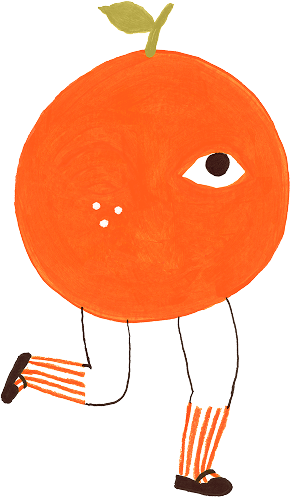
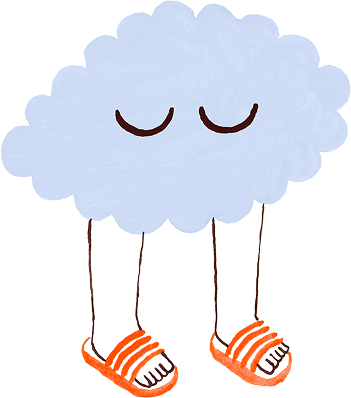
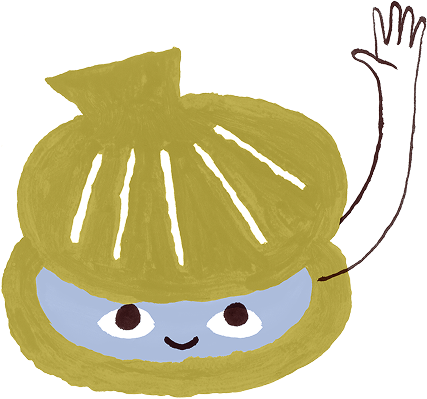

Leave a comment
This site is protected by hCaptcha and the hCaptcha Privacy Policy and Terms of Service apply.